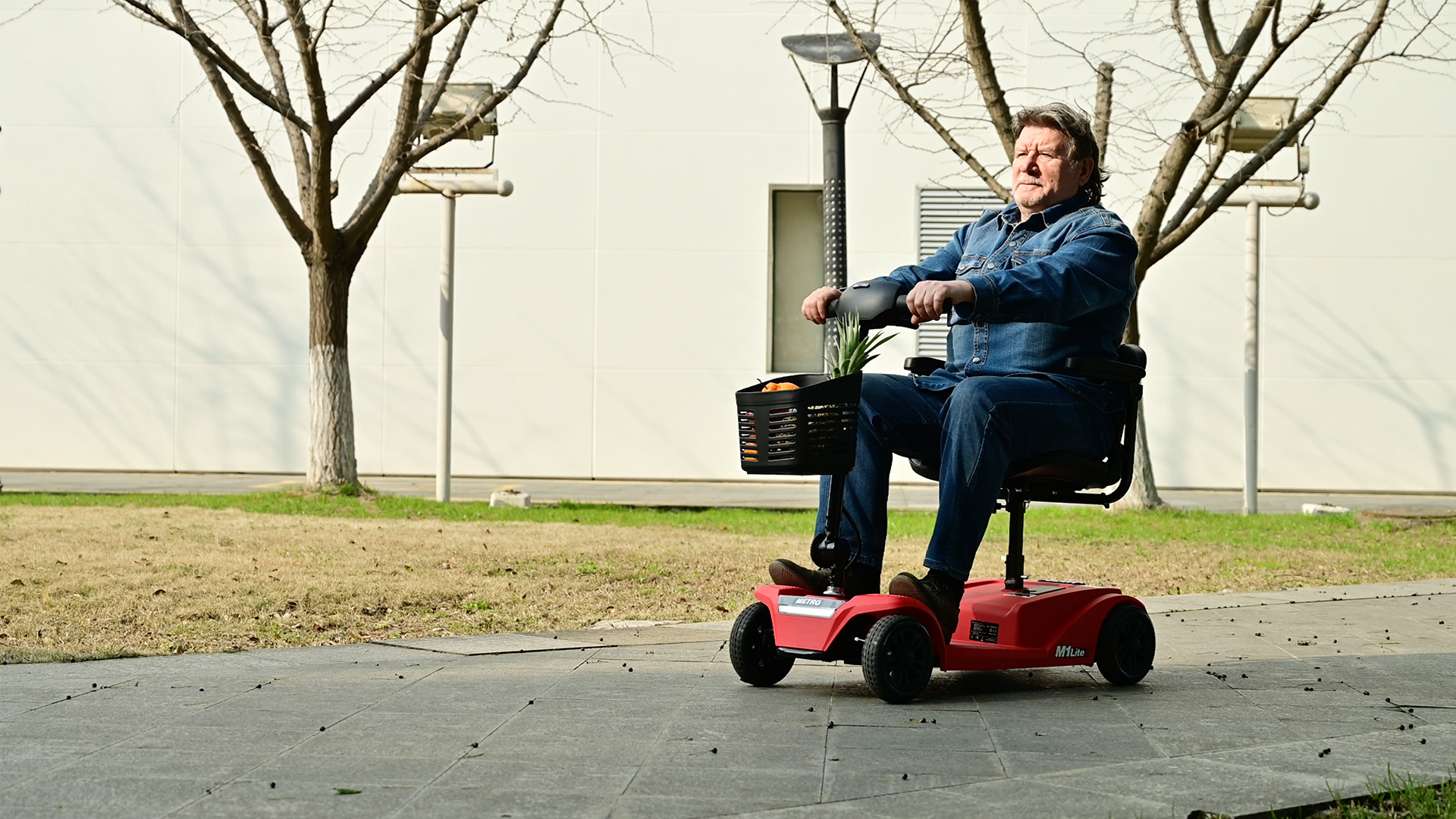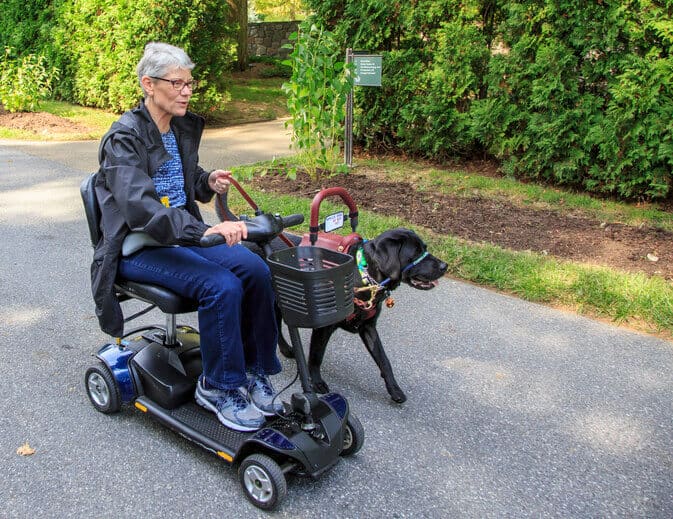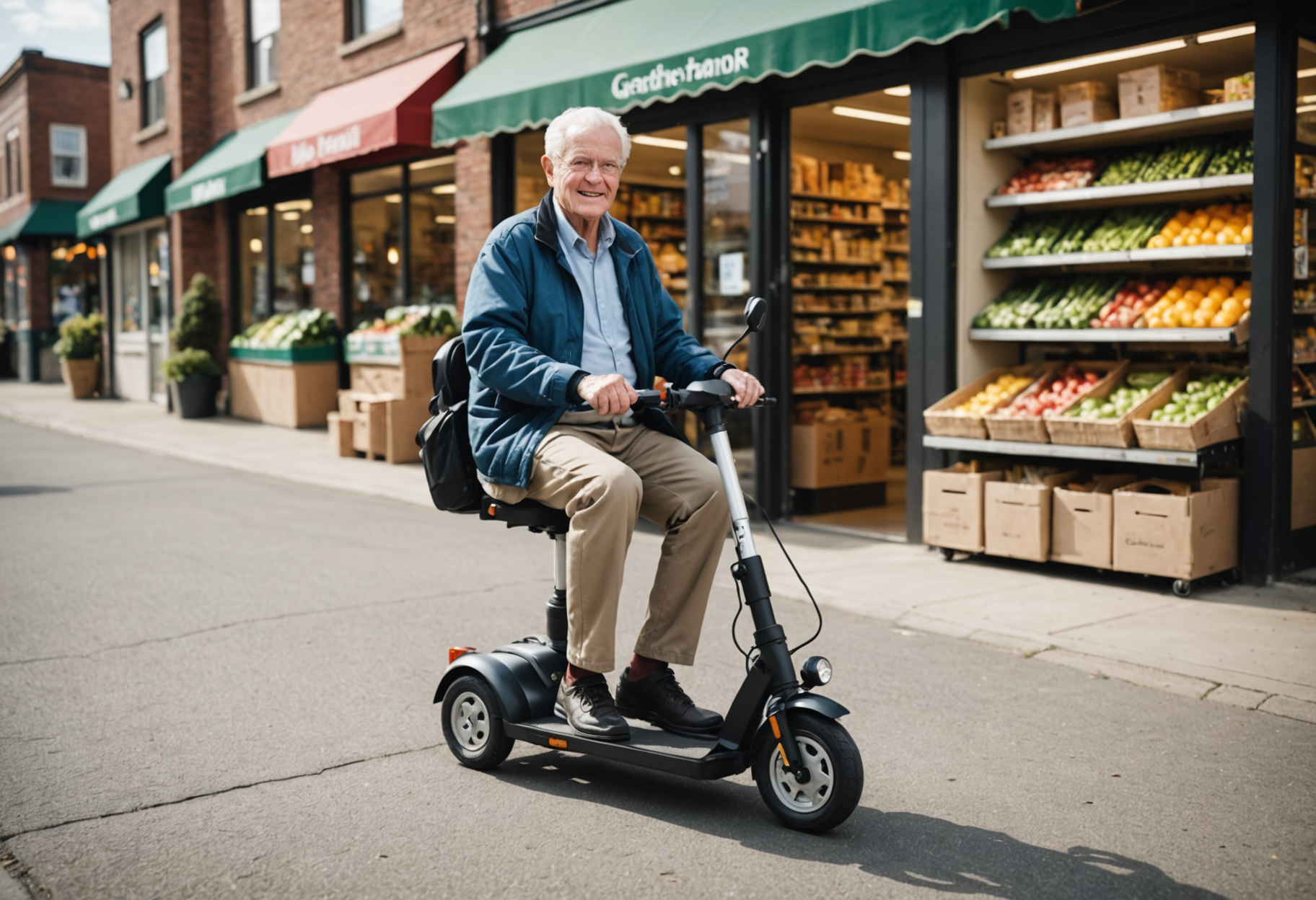For many seniors and individuals with limited mobility, everyday tasks like grocery shopping or visiting friends can become challenging without proper support. Medicare scooters offer a practical solution—helping people regain control over their lives safely and affordably. In this guide, you'll learn how applying for Medicare-covered mobility scooters ASAP (100% coverage) may improve your mobility, plus what to expect from the process.
What Are Medicare Scooters?

Medicare scooters, often referred to as power mobility devices (PMDs), are electrically powered mobility aids designed to assist individuals who have difficulty walking. These scooters are especially helpful for seniors and people with disabilities who still have the capacity to control a scooter safely at home or in the community.
Covered under Medicare Part B, these devices fall into the Durable Medical Equipment (DME) category. Eligibility for a Medicare-covered mobility scooter requires a face-to-face medical evaluation and a prescription from a Medicare-enrolled physician. It is important to apply promptly, as approved coverage can mean you receive a scooter at little to no personal cost, sometimes even 100% coverage in specific situations.
Who Qualifies for a Medicare-Covered Mobility Scooter?

Qualification for a Medicare-approved mobility scooter depends on specific physical and medical criteria. According to Medicare.gov, you may be eligible if you have a health condition that makes it difficult to move around your home and regular activities without assistance.
To meet eligibility, your doctor must document:
- A condition that limits mobility (such as severe arthritis or COPD)
- Inability to perform activities of daily living (e.g., bathing, dressing)
- Ability to safely operate the scooter or have someone who can assist
- The scooter is medically necessary for home use—as required by Medicare
It's crucial to apply early—delays may lead to unnecessary out-of-pocket medical expenses and reduced mobility.
Key Benefits of Medicare Scooters

Medicare-covered scooters offer far more than physical support—they may also enhance quality of life, personal freedom, and emotional well-being. Once approved, many recipients report a renewed ability to attend social events, shop independently, or simply move around at home with ease.
According to a report by the National Institutes of Health, mobility device use is directly linked to increased autonomy and reduced risk of injury from falls, particularly among aging adults. Medicare scooters thus provide:
- Increased safety in daily movement
- Reduced caregiver reliance and support strain
- Boosts in confidence and emotional independence
- Improved access to community and health services
Moreover, the application process is designed to ensure eligible individuals get the help they need quickly and affordably.
How to Apply for Medicare-Covered Mobility Scooters ASAP

If you're considering applying for a Medicare-covered mobility scooter ASAP (100% coverage), the process starts with your doctor. First, schedule a medical evaluation. If deemed medically necessary, your doctor will provide the required documentation to a Medicare-approved DME supplier.
Here is a simplified step-by-step process:
- Visit a Medicare-enrolled physician for an evaluation
- Receive a written prescription for a scooter
- Submit documentation to an approved supplier
- Have the supplier confirm coverage with Medicare*
- Receive the scooter, often with 100% coverage depending on qualifying factors
It's essential to confirm both your doctor and supplier participate in Medicare to avoid unexpected expenses. Coverage amounts and criteria may vary based on your plan and location.
*Always double-check your Medicare Part B eligibility and benefits on Medicare.gov or speak to a Medicare health representative for personal guidance.
Mobility challenges don't have to limit your lifestyle or independence. By applying for Medicare-covered mobility scooters ASAP—especially with the potential for 100% coverage—you may gain a powerful tool for improved wellness and self-sufficiency. If you're curious about these mobility solutions, consider exploring your eligibility and talking to your healthcare provider to make an informed decision.
